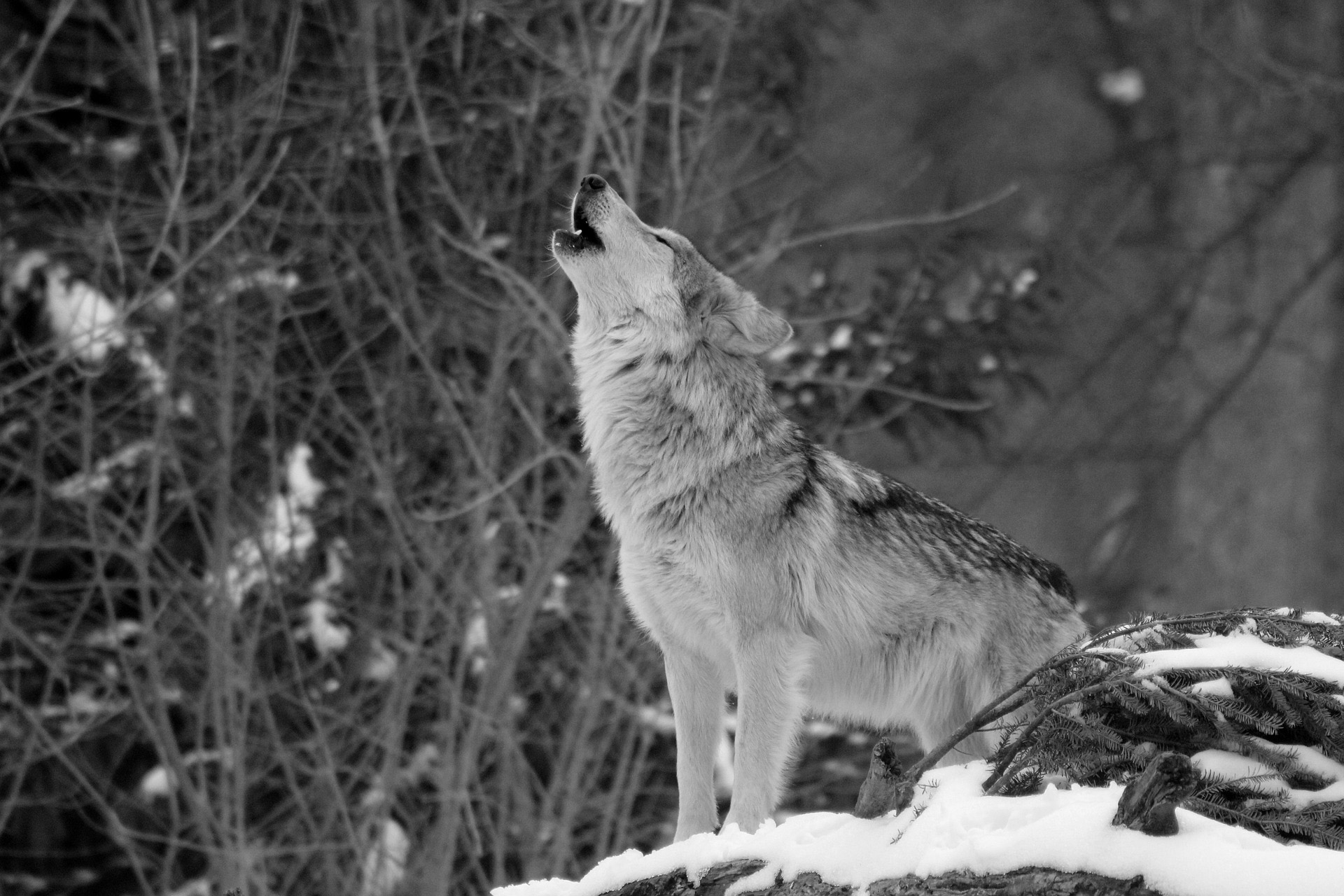Image credit: colfelly/Pixabay s human savagery a thing of the past? Is it a trait our ancestors possessed in abundance, but it was ironed out from the human psyche by the civilizing process? Villainy corrupting the soul. Is it really gone? No,...


Image credit: colfelly/Pixabay s human savagery a thing of the past? Is it a trait our ancestors possessed in abundance, but it was ironed out from the human psyche by the civilizing process? Villainy corrupting the soul. Is it really gone? No,...
Recent Essays
Disregarding the individual is not only antithetical to appreciating sentience but also detrimental to enhancing conservation efforts. An ethical failure goes hand in hand with an ecological one.
Hunting organizations distorted opposition to trophy hunting, painting it as emotionally motivated and scientifically invalid, but this opposition is firmly founded in science. It is both ethically and morally wrong to inflict suffering on sentient beings and endanger grizzly populations for frivolous entertainment
Livingston sees humans as a species that has gone astray from the natural order. He argues that our reliance on prostheses, such as technology and ideology, has led to our disconnection from the natural world. The only way to protect nature is to see it as an extension of ourselves.
The objectification of wildlife and the use of euphemisms have stripped wild animals of their cognitive and emotional domains. The North American Model of Wildlife Conservation (NAM) perpetuates this objectification by defining wild animals as "public trust resources" that are "renewable" if managed "wisely."
The technocratic, euphemistic language and the objectification of wildlife have normalized hunting, making it psychologically acceptable for hunters.
As a society, we are moving away from the dominance paradigm and increasingly embracing the mutualism paradigm. Social values are not static, and what was once acceptable is no longer. Therefore, the death and suffering of sentient creatures necessitate redefining what the best science really means and complementing it with social and ethical values predominating in the twentieth century.
The miracle of sentient life and the agony of suffering demand establishing a code of ethics that would govern all structures of wildlife management.